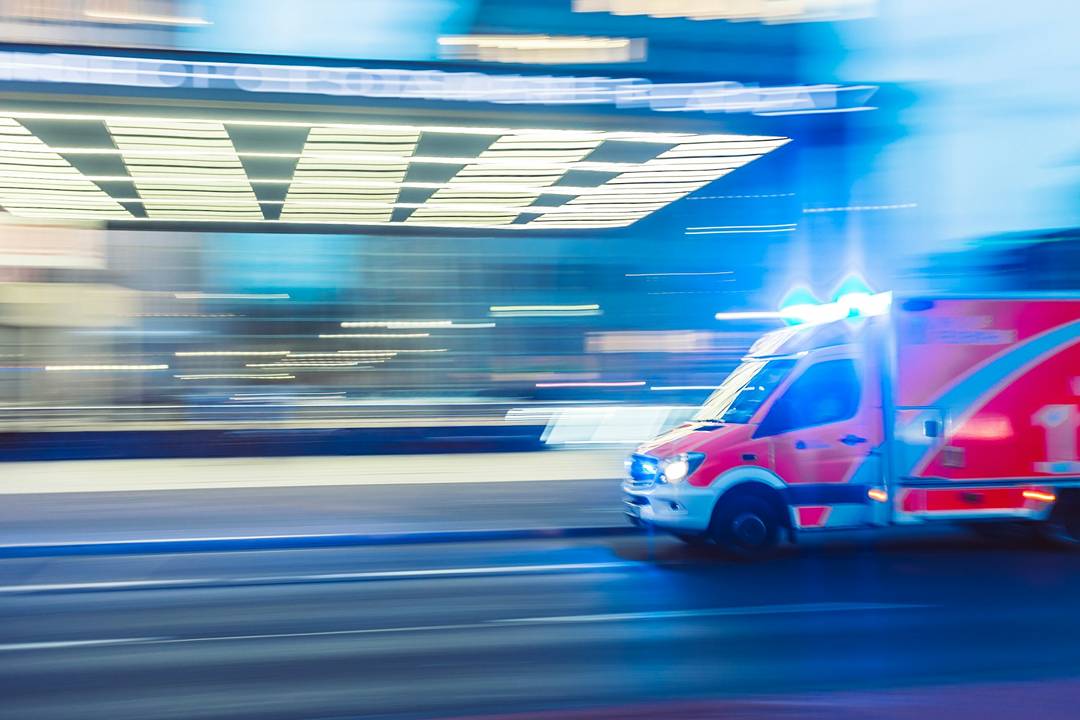
Emergency Medical Preparedness at Sporting Events: From Marathons to Horse Races
Even though we are talking about professional athletes, whose job is to be fit for everything, things in sporting events can go wrong. That’s why it is very important to have emergency medical support at every single sporting event, from swimming to marathons and even horse races.
These athletes push their bodies to the limit, in which case injuries can happen, and sometimes, even fatalities. Horse racing, for example, is a very dangerous sport where 10-15 horses are running in very close action, and one slip can mean that both the rider and horse will get stomped over, resulting in serious injuries.
So, the question is, are sporting events and the organizers behind them prepared for unwanted scenarios? Well, most of them are, and they have huge medical teams on standby. In some leagues, this is mandatory, and some even go to the point of having a medical helicopter ready to go right away.
This inspired us to take a look at some of the race protocols and medical setups just to see how prepared some of the most popular sporting events are.
Medical Tents
Although most of the athletes are usually transported to a nearby hospital after suffering from an injury, most big sporting events have medical tents packed with equipment nearby. Why? Well, in some cases, athletes might need immediate health support, and without the proper equipment, this is not going to be possible.
That’s why you can see big medical tents, kind of like a mini hospital, at marathon or horse racing events.
The question is, what kind of things can they handle, and what are these medical tents stacked up with? Well, in most cases, they’re stocked with IV fluids, oxygen, and automated external defibrillators (AEDs).
At big horse racing events like the Kentucky Derby, there is an entire lab, especially after the incident in 2023, where there were a lot of horse fatalities after the race. Additionally, with horse racing events, the situation is a bit more complex, since there are two separate medical teams, one a team of vets for the horses and one for humans.
There are also scans and big tech equipment that test horses before running in the race, making sure that everything goes well. Churchill Downs is a big organization, and you kind of expect a high level of safety and medical assistance, but how about less popular races?
Well, they might not have the same level of tech, but we know well that most of the organizers won’t compromise the health of both jockeys and horses for anything.
Mobile Medics
Have you noticed in football games how medical teams rush onto the field to treat an athlete? Well, these are called mobile medics and they have a special permission to get on the court or in-game.
These mobile medics are different from sport to sport. In marathons, for example, we can spot them on motorcycles or bikes following the athletes, in football, they are near the benches, ready to run at any moment.
In such a scenario, where one or more athletes get injured, every minute counts, and most of them are equipped with AEDs and radios to phone in on the situation and even ask for immediate transportation of the injured person to a nearby hospital.
The situation is a bit difficult in horse racing events like the Kentucky Derby, where it is a bit difficult to stop a race after an accident, and access for the medics is difficult, especially on a muddy track like this year.
Pre-Race Screening
As we mentioned before, it is not only about medical assistance during a sporting event, but these teams are also in charge of making sure athletes are healthy enough before it all starts.
In horse racing events like the Belmont Stakes, vets check every horse's heart rate, joints, and temperature before the race, which significantly reduces fatal equine injuries in professional races.
We all want a safe and well-organized race, right? After all, we’ve placed a bet on Belmont Stakes, and nobody wants to see an injury or accident during racing.
Similar checks are performed on human athletes, especially before big events.
Crowd and Disaster Plans
Even with all the medics nearby, things can go wrong, and sometimes the person will require more serious medical attention. That’s why, for big events, especially the ones that attract massive crowds, there are pre-determined disaster plans that will help in organizing the mass of people in the right way to ensure everything goes smoothly.
These disaster plans include enabling access for emergency services vehicles and even helicopters, sealing off areas, defining emergency exit areas, and many other protocols.
This is very important since events like the Kentucky Derby, with 150,000 people watching, are very difficult to manage without crowd organization and disaster plans, since it all becomes mayhem, slowing everything down.

Comments (0)